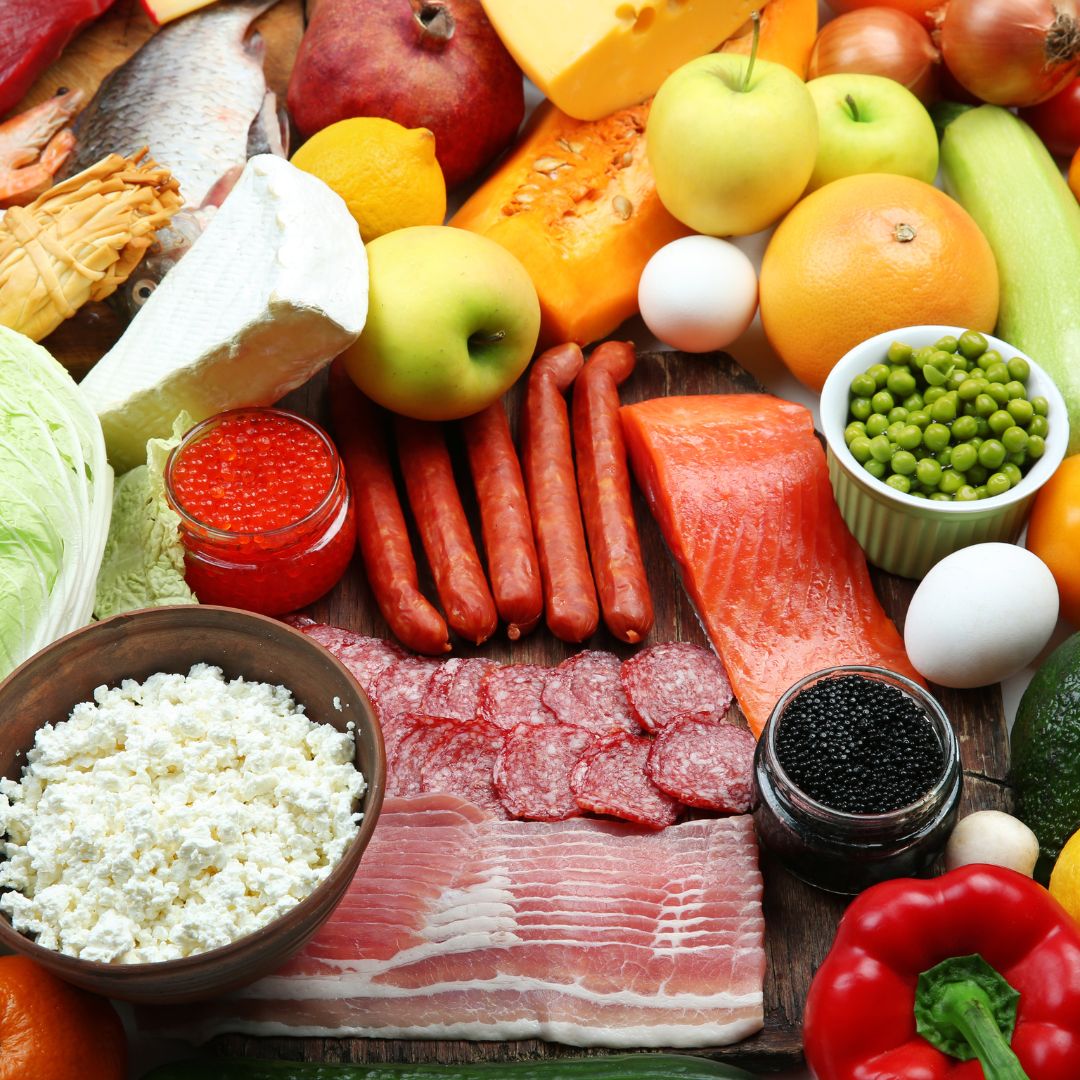More than half of households eat less fish. 20% buy more ultra-processed food and 33% increase their consumption of canned food as opposed to fresh food. Higher spending means that 9 out of 10 cut back in other sectors.
TDB keeps you informed. Follow us on Facebook, Twitter and Instagram.
Price rises worsen families’ diets
Rising food prices have worsened the diet of Spaniards. Thus, 8 out of 10 families are being forced to buy lower-quality products and more than half have reduced their consumption of fish. These are two of the data provided by a survey carried out by FACUA-Consumers in Action on nearly 5,000 people during the month of December (see tables with all the results here).
The rise in food prices has meant that 25.2% of families have reduced their purchases of fresh vegetables, 29.0% have cut back on fresh fruit, and 23.3% on dairy products. 50.9% have cut back on fish consumption. As for meat, 28.5% have reduced their consumption of chicken, 37.4% of pork and 55.5% of beef.
The survey, carried out by FACUA between 13 and 22 December, involved 4,963 families from all over Spain.
More frozen, tinned and ultra-processed foods
43.3% have replaced some or all of the fresh fish they consume with frozen food, while 18.1% have replaced meat. 33.0% have replaced the consumption of fresh products with canned food. 19.8% increased their purchases of ultra-processed products.
In the case of ultra-processed products, the percentage of households that consume them between one and three days a week has risen from 12.8% to 17.9%. Those who consume them four to seven days a week have risen from 1.5% to 4.7%.
FACUA also asked those surveyed whether they had replaced any food that they usually bought with a portion of similar but lower-quality food in order to reduce the price. Only 22.4% indicated that they had not had to do so. The highest number of affirmative mentions went fishing, where 15.6% of households acknowledged that they had had to give up the fish they usually ate in favour of other cheaper species. In second place, is meat, with 12.7%.
5.9% of households have switched from olive oil to sunflower or other vegetable oils in some meals and 2.4% have done so in all or almost all meals. 18.0% have substituted olive oil for sunflower or other vegetable oils in some meals. 18.0% have replaced extra virgin olive oil with other olive oils of lower quality.
Frequency of meat and fish consumption
In terms of frequency of consumption, 60.5% of households indicated that last year they ate fish one to three days a week, a percentage that this year decreases to 41.2%. The percentage of those who ate fish four or more days a week has also decreased, from 8.6% to 3.6%. Families who do not eat fish even once a month have increased from 4.7% to 10.1%.
There has also been a significant drop in the frequency of beef consumption. From 28.7% who consumed it one to three days a week last year to 14.7% who do so now.
In the case of pork, 40.8% of households consumed pork between one and three days a week last year and now 28.7% do so.
As far as chicken meat is concerned, the drop is also significant. From 61.6% who consumed it between one and three days a week in 2021 to 51.3% who do so today.
Fruit, vegetables and greens
In the case of the consumption of fresh vegetables, the number of households consuming four to seven days a week has gone from 58.3% last year to 42.9% today.
As for fresh fruit, 78.0% of households consumed it four to seven days a week last year, and this has now fallen to 59.2%.
Dairy products, pulses and cereals
There has also been a decrease in the number of days that dairy products (milk, yoghurt, cheese, etc.) are consumed. Last year, 75.6% of families consumed it between four and seven days a week and this year 62.1% do so.
On the other hand, the frequency of consumption of pulses is very similar. 65.2% consume them between one and three days a week, compared to 67.5% last year. 10.6% consume them four or more days, while in 2021 the percentage was 8.8%.
Similar levels are also maintained in the frequency of consumption of rice and other cereals. 60.2% consume them from one to three days a week, compared to 62.7% last year. And 13.0% eat four to seven days a week, compared to 12.5% a year ago.
Cutbacks in spending on other products and services
The rises in food prices have led 92.1% of households to cut back on spending on other products and services. 22.4% indicated that they had reduced spending on bars and restaurants, 20.1% on travel, 16.4% on clothing and footwear, 14.0% on cultural products, 9.7% on electricity, gas and water supplies, 5.2% on transport and 4.3% on telecommunications services.
49.2% of consumers indicate that they have changed their usual establishment in search of cheaper prices. As for the perception of which types of establishments have increased prices the most, the most mentioned are supermarkets, by 35.7%, followed by large supermarkets, by 29.3%. This was followed by small shops, mentioned by 20.7%, and food markets, 14.4%.
